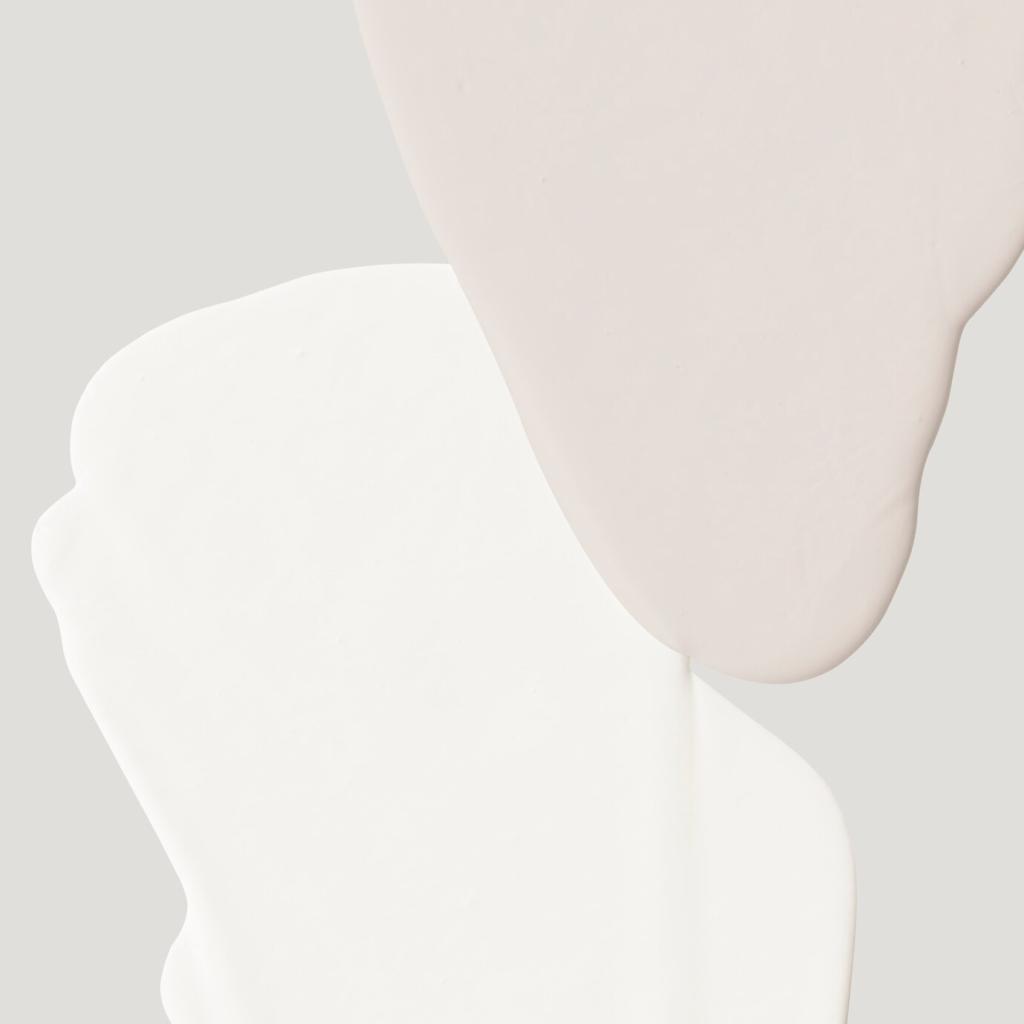Human Rituals: Designing for Slowness and Focus
A kettle that hums at conversational volume, a lamp that brightens with your breath, a notebook that suggests one prompt daily. Which ritual would help you reclaim five calm minutes each morning?
Human Rituals: Designing for Slowness and Focus
Not all friction is bad. A confirm step can prevent regret. Minimalism will distinguish helpful pauses from distracting hurdles. Tell us where a gentle checkpoint would save you stress.



